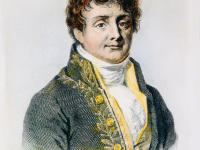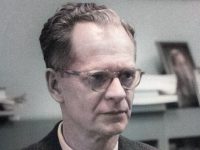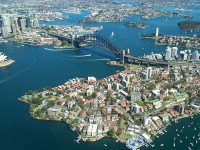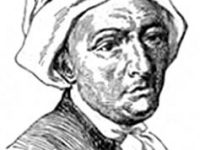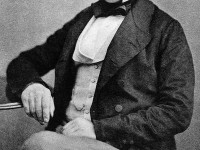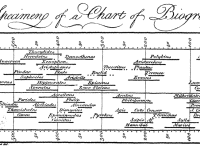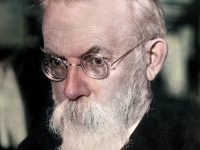Joseph Fourier and the Greenhouse Effect
On March 21, 1768, French mathematician and physicist Jean Baptiste Joseph du Fourier was born. He is probably best known for his work in thermodynamics, where he introduced the concept of the Fourier Analysis, named in honor after him. There, he claimed that every mathematical function of a variable can be expanded to a sum of sines of multiples of that variable. What people most likely don’t know is that Fourier also was the…
Read more











